Is the thought of buying a home in 2025 filling you with more dread than excitement? You’re not alone. While the housing market can be unpredictable, certain cities are showing signs that might lead to some serious buyer’s remorse next year. From soaring insurance rates and property taxes to declining job growth and an influx of inventory, some areas are just not setting themselves up for a happy homeownership experience. If you’re looking to buy in the coming year, you might want to steer clear of these 11 cities where the dream of homeownership could quickly turn into a headache.
1. Cape Coral, Florida
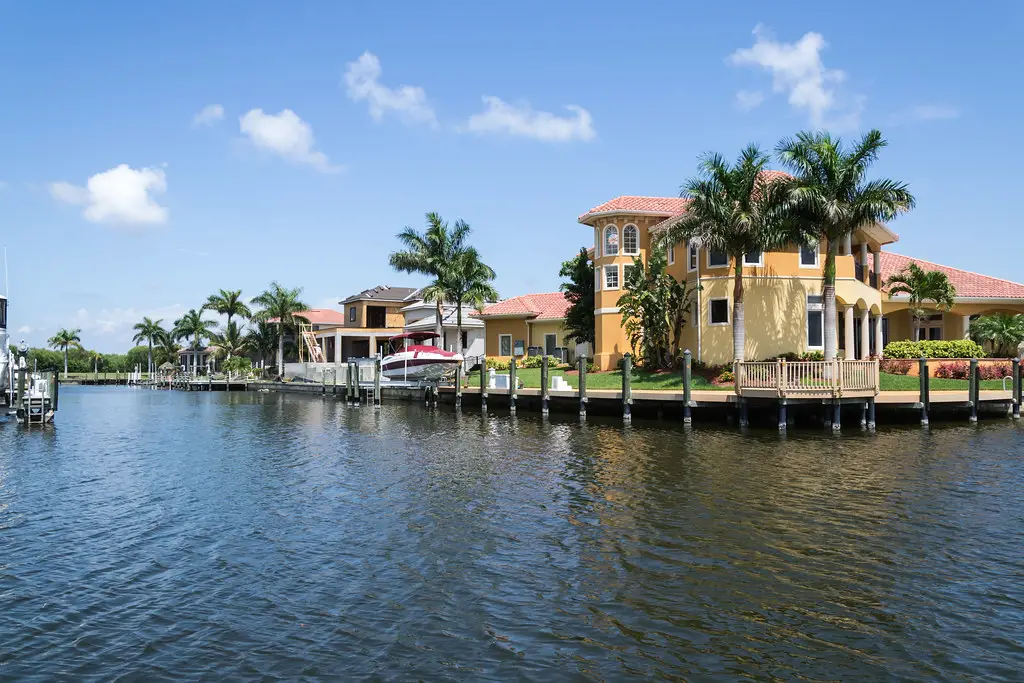
If you’re eyeing the sunny shores of Cape Coral, you might want to pause. This Florida city is projected to experience a significant home price decline in 2025. According to Reventure App’s forecast, Cape Coral could see home values drop by as much as 9.04%, making it one of the most vulnerable metros.
This expected drop is largely attributed to a softening in demand and a rapid increase in housing inventory. What was once a hot spot for investors is now losing steam, and a market correcting itself can be tough for new buyers who might see their home’s value shrink right after purchase.
2. Lakeland, Florida
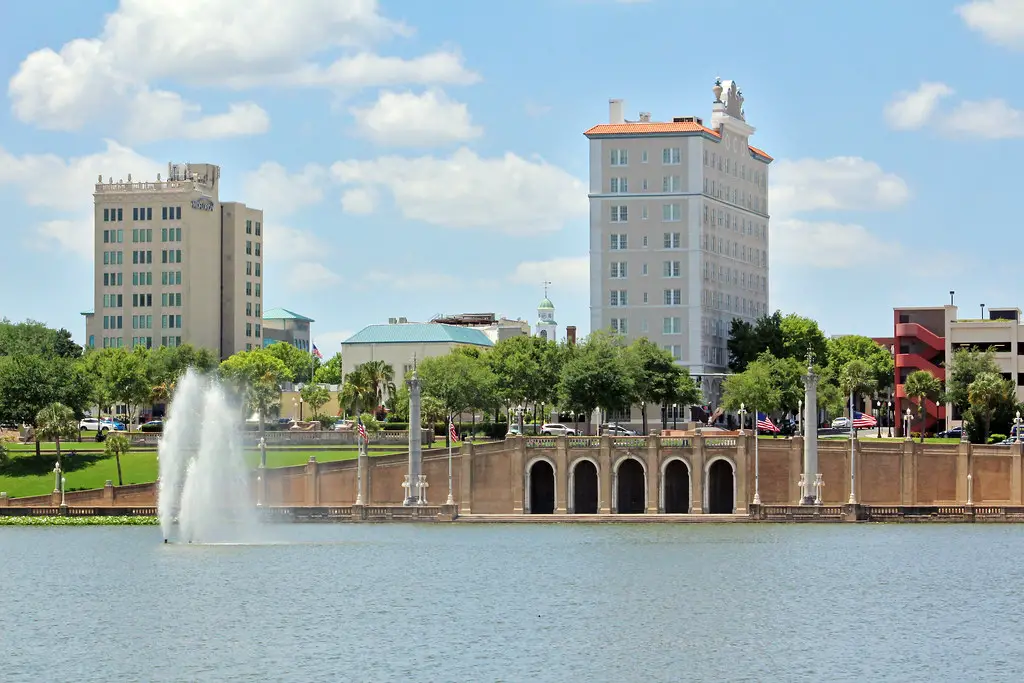
Another Florida city making the list, Lakeland is also facing headwinds in its housing market. Reventure App’s data suggests a potential 8.58% decline in home prices for Lakeland in 2025. This follows a period where the market was already seeing values dip.
Buyer interest is reportedly waning in this previously booming Florida market, and inventory is steadily climbing. This combination of factors could lead to a situation where newly purchased homes quickly lose equity, leaving homeowners in a difficult position.
3. North Port, Florida

It seems Florida is a recurring theme when it comes to potential buyer regret, and North Port is no exception. This metro is projected by Realtor.com to see an additional 6.3% drop in home prices in 2025, building on declines already experienced. North Port was heavily impacted by the pandemic-era housing boom, and it appears a prolonged correction is underway.
The issue here is supply outpacing demand, leading to a downward pressure on prices. For anyone buying in North Port, this means entering a market that’s actively deflating, making it challenging to build equity in the short to medium term.
4. Hialeah, Florida

Yet another Florida city, Hialeah stands out for an alarming reason: home insurance premiums. According to Insurify, Hialeah is projected to have the highest average annual homeowner’s insurance premium in the nation by the end of 2025, reaching an estimated $26,693. This astronomical cost is largely driven by the increasing frequency and severity of natural disasters like hurricanes.
Beyond the threat of natural disasters, economic factors are also compounding the issue, with inflation driving up the cost of building materials and labor. These soaring insurance costs can significantly impact monthly housing expenses, potentially making a seemingly affordable home an unbearable burden for new buyers.
5. Detroit, Michigan

Detroit’s housing market presents a puzzling scenario, as it currently ranks as the most overpriced market in the U.S. According to Ken Johnson, a real estate economist at Florida Atlantic University, homes in Detroit are selling at a 37% premium over the area’s long-term pricing trend. This overvaluation is a significant red flag for potential buyers.
Despite its sluggish population growth, Detroit has maintained this high premium for some time, making its market trajectory somewhat of a mystery. Buying into an overvalued market means you’re paying more than the intrinsic worth, increasing the risk of a price correction and negative equity down the line.
6. Las Vegas, Nevada
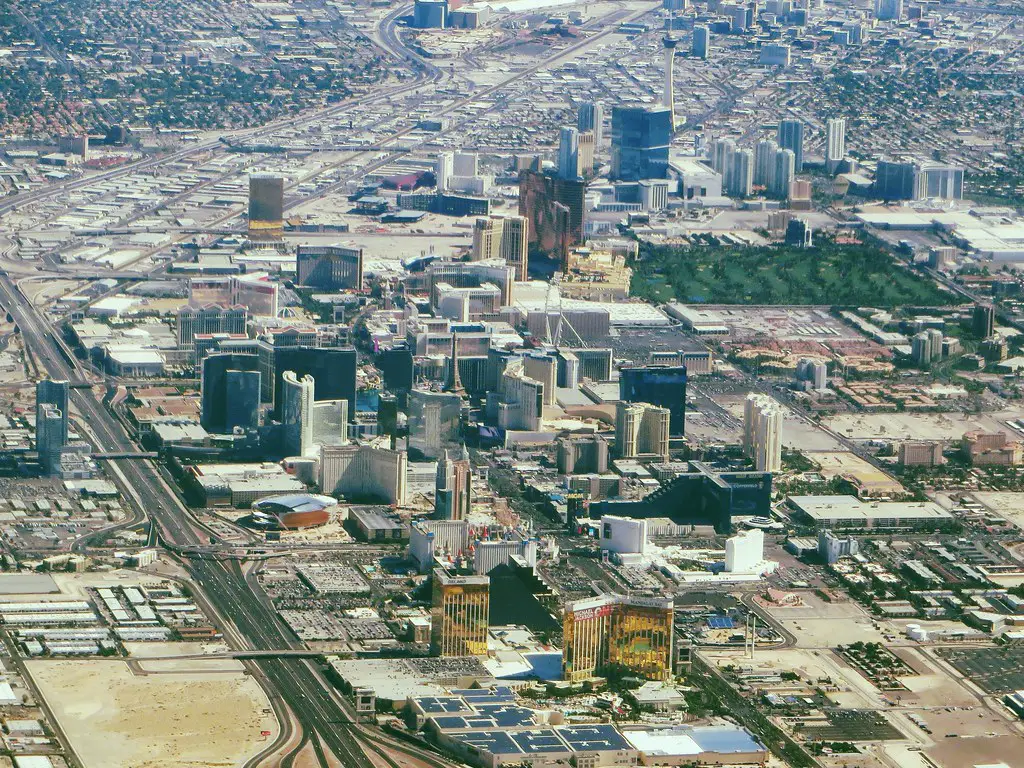
Las Vegas, while experiencing rapid population growth, also finds itself with an overvalued housing market. Homes here are selling at a 35% premium, as noted by Ken Johnson. While population growth often supports housing demand, such a high premium suggests prices might be unsustainable in the long run.
The concern for homeowners is that if the market cools or the influx of new residents slows, the overinflated prices could come back down to earth. This could leave recent buyers with less equity than they anticipated, making it difficult to sell or refinance in the future.
7. Atlanta, Georgia

Atlanta’s housing market is flashing warning signs, particularly concerning affordability. While some parts of Georgia hit record prices, the state as a whole saw negative price appreciation in March 2025. Atlanta, being the major metro, is driving this trend.
The combination of stretched affordability and a potential increase in inventory, fueled by continuous development, puts Atlanta at risk. This means buyers might enter a market where they’ve paid a premium, only to find the value stagnating or even declining as more homes become available.
8. Winter Haven, Florida
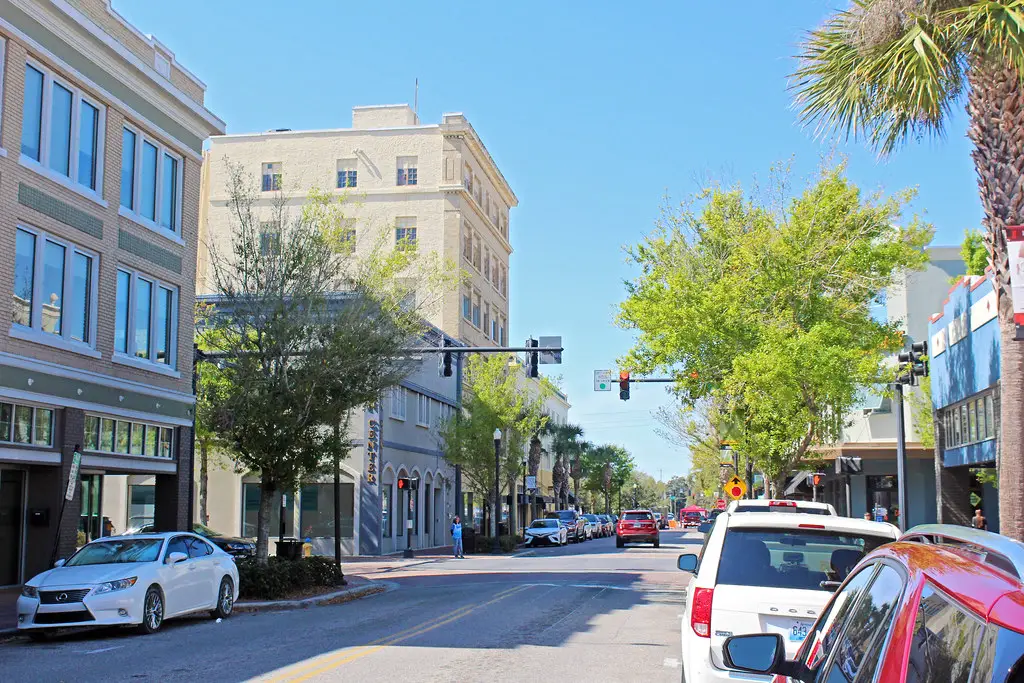
Yet another Florida city, Winter Haven, is specifically called out as one of the top five most at-risk housing markets in the country. This Central Florida area saw immense popularity and rapid price spikes during the pandemic due to its relative affordability. However, that rapid growth has led to an unsustainable market.
For new homeowners, this means buying into a market that has already experienced massive price increases and is now facing a correction. The risk of declining home values and a difficult selling environment looms large for those purchasing in Winter Haven in 2025.
9. Tucson, Arizona

Tucson’s housing market also saw substantial price growth in recent years, but the trend has been choppy and generally downwards or flat since early 2023. This indicates a cooling market, with a notable dip in late 2024 and early 2025. While Arizona markets attracted remote workers during the boom, that momentum appears to be fading.
For potential homeowners, this suggests a risk of buying at a point where the market has peaked or is in decline. It can be frustrating to see your home’s value decrease after purchase, and Tucson’s current trajectory points to this possibility.
10. Rochester, New York
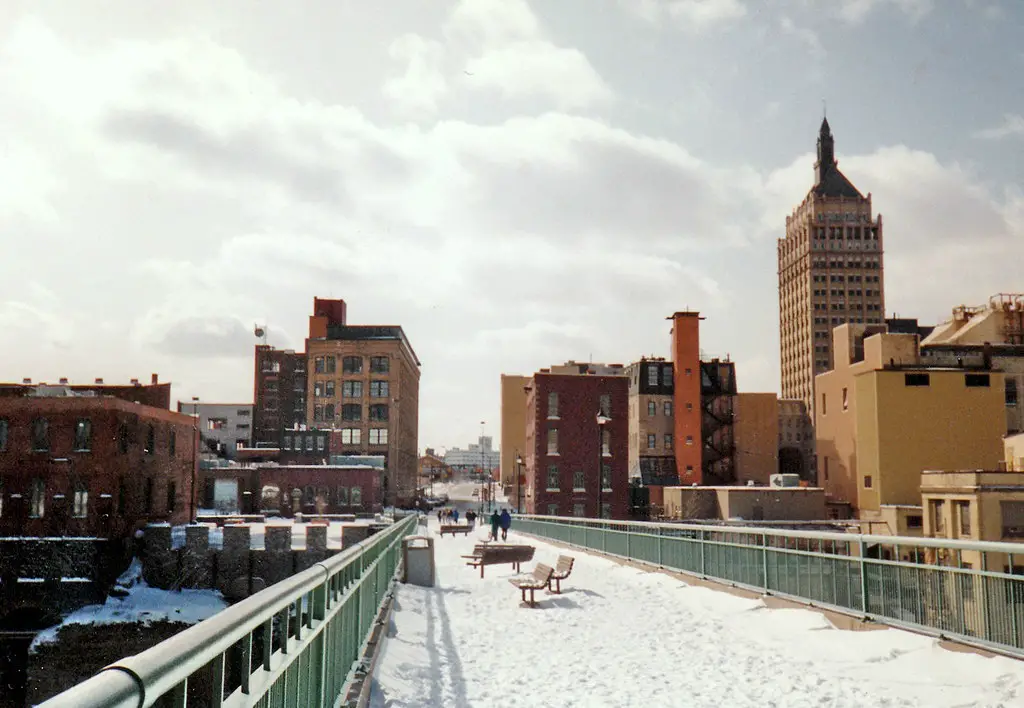
Homebuyers in Rochester might face a shock when they see their mortgage payments. Between February 2022 and February 2025, estimated monthly mortgage payments for median-priced homes in Rochester surged by over 83.6%, according to Construction Coverage. This drastic increase is primarily due to rising interest rates.
While home prices might not be plummeting, the sheer increase in the cost of borrowing money can make homeownership incredibly burdensome. For many, this translates to significantly higher monthly expenses, making it a challenging financial commitment even if the home’s value holds steady.
11. New Orleans, Louisiana
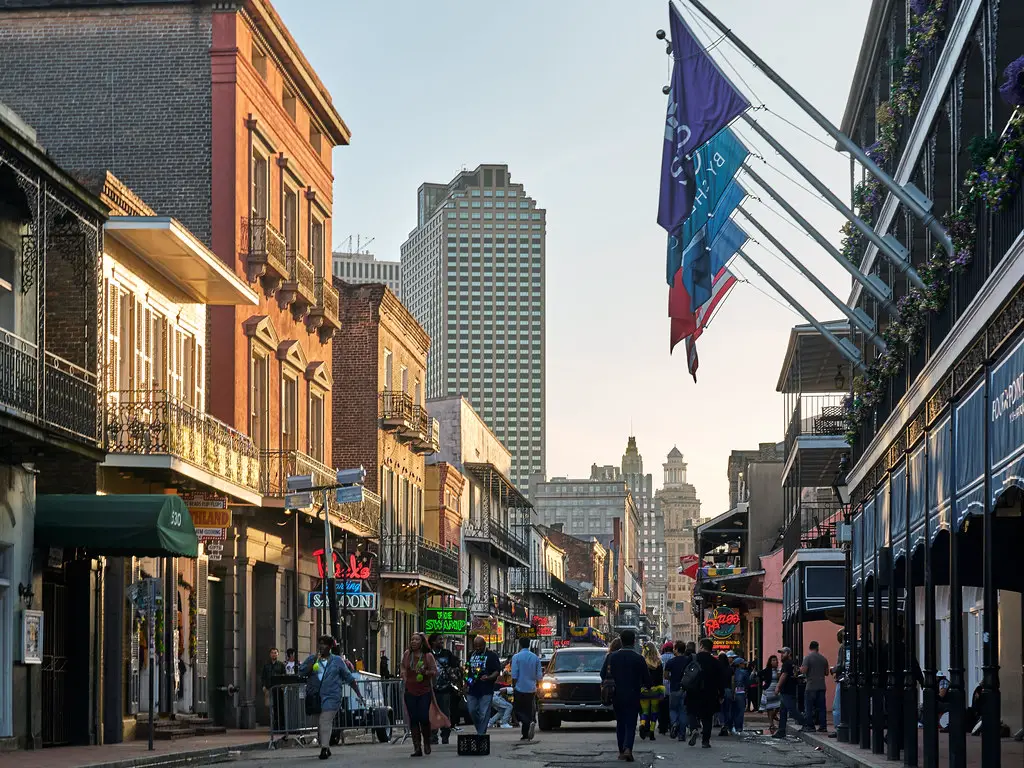
New Orleans homeowners are facing a double whammy of high insurance premiums and declining home values. Insurify projects that Louisiana will see a staggering 27% increase in home insurance rates in 2025, making it the state with the sharpest rise. This is driven by increasingly severe and frequent natural disasters.
Compounding this, Zillow’s forecast for April 2025 to April 2026 predicts a 7.1% decline in home prices for New Orleans. This combination of escalating costs and decreasing asset value could lead to significant regret for anyone buying a home in this historic city.
